Early-season roadwork can build bone strength and develop muscular and cardiovascular fitness, but the concussive forces created can be damaging. Dr David Marlin outlines the risks.

As the competition season approaches, it is common to see horses being exercised on the road. Many riders use roads for early fittening work because they are flat, even and convenient. Not having horses covered from head to toe in mud every time they go out is a bonus.
Horses are less likely to lose shoes on the road than in heavy soil. Boggy going also heightens the risk of soft tissue strain in horses recovering from, or with a history of, this type of injury. Another consideration is that most (but not all) horses may be more settled and easier to keep under control on a road, compared with exercising around the edge of a field or on a long, open track in the early stages of pre-season training.
Pros and cons
So what are the effects of roadwork? Time off over winter will result in some loss of bone strength. Walking and trotting on roads is ideal for stimulating an increase in bone strength, due to the vibrations induced from the road. The periods of trot required are surprisingly short, however: about five minutes per training session.
The traditional view is that roadwork is good for “hardening” tendons. Research within the past 10 years by groups at the Royal Veterinary College (RVC) and Massey University in New Zealand, to name but two, shows that this view is probably wrong.
According to studies, tendon function can be beneficially influenced by exercise, but only in young horses less than two or three years of age.
Professor Roger Smith believes that while it is common practice to trot horses on hard surfaces such as roads to “firm up” their tendons, evidence from research until now has not been able to show this.
この記事は Horse & Hound の February 09 2017 版に掲載されています。
7 日間の Magzter GOLD 無料トライアルを開始して、何千もの厳選されたプレミアム ストーリー、9,000 以上の雑誌や新聞にアクセスしてください。
すでに購読者です ? サインイン
この記事は Horse & Hound の February 09 2017 版に掲載されています。
7 日間の Magzter GOLD 無料トライアルを開始して、何千もの厳選されたプレミアム ストーリー、9,000 以上の雑誌や新聞にアクセスしてください。
すでに購読者です? サインイン

Gemirande provides 24-carat magic
Venetia Williams sparkles again in the December Gold Cup and jockey brothers dead-heat
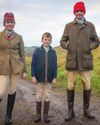
‘Happy hunting, everyone'
“The season for talks, dinners and parties has finally arrived for Tessa Waugh, whose distress about the snags of middle age fades away with some rousing festive spirits
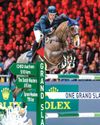
'Monaco deserved this victory
Seemingly destined always to play the bridesmaid’s role, Harrie Smolders’ great partner Monaco finally tops an incidentpacked Rolex grand prix
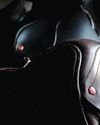
'It had to end sometime'
The closure of beloved Hampshire saddlery Calcutt Sons is a loss to the hunting and wider equestrian worlds, as Octavia Pollock reports

'You couldn't want for more
The Ludlow's peaceful country makes for a day in \"hunting paradise\"
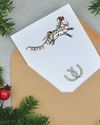
The greatest gift of all
Christmas is fast approaching and while we all like a bit of tinsel, the festive season is also a perfect time for giving to a horse charity. Niki Hinman finds out some of the options

Winter him well
A horse's winter routine can differ dramatically from his summer structure but what’s the knock-on effect? Ellie Hughes asks vets how to optimise routine management for the season
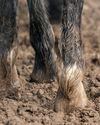
Neat feet
Excellent hoof care is a year-round concern but the winter months present their own problems. Richard Stephenson MRCVS explains the seasonal challenges afoot and how to stay one step ahead
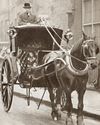
In bygone days
Modern vets have much scientific knowledge behind them, but what about their forebears? Kieran O’Brien MRCVS opens up the world of Victorian vets in London
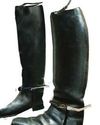
'When I joined the Pony Club it was just two boys and 48 girls'
Pepsi Kohler on being delightfully outnumbered by girls in the Pony Club, a leg-up from a royal and the H&H advert that changed his life